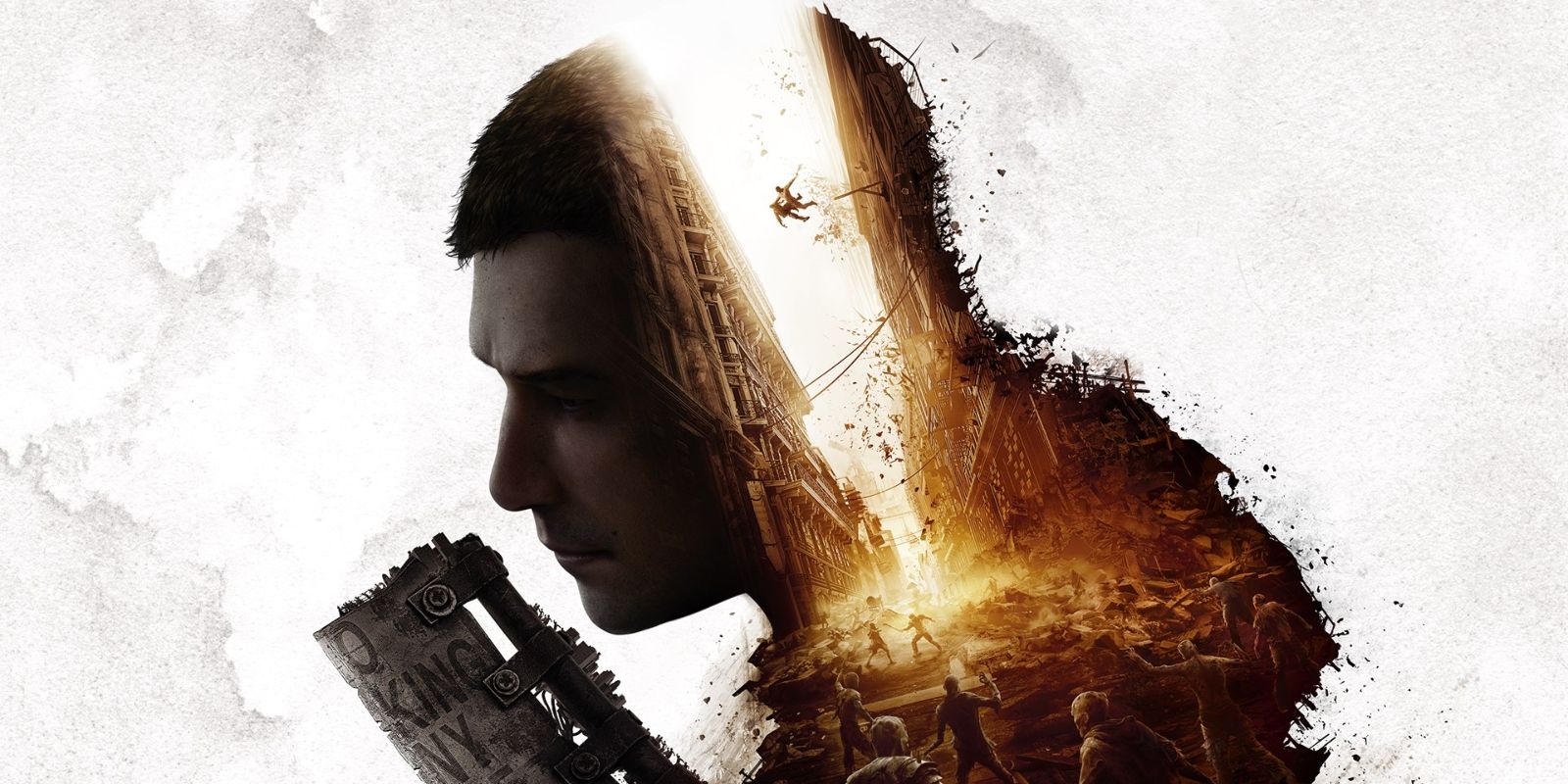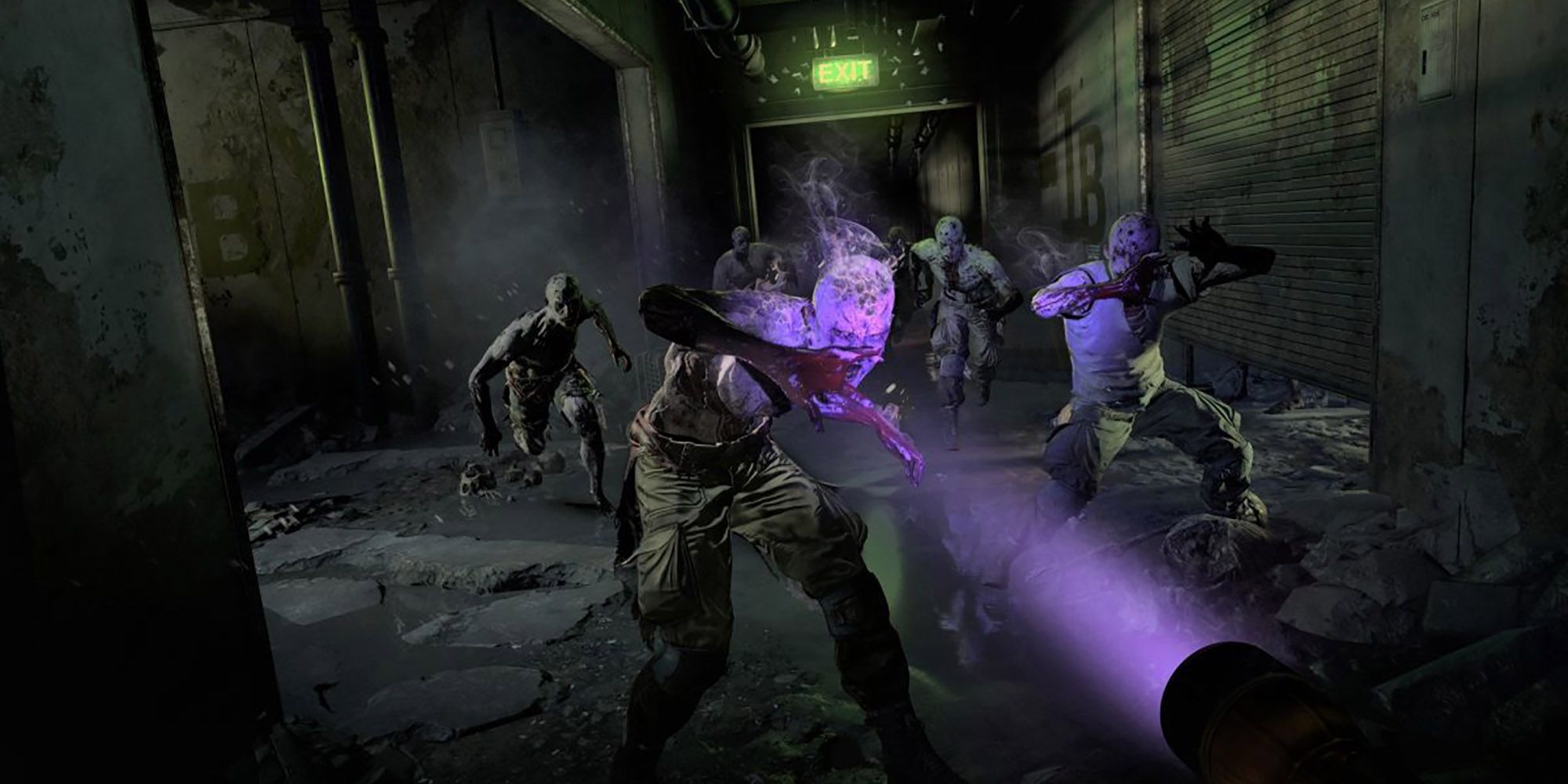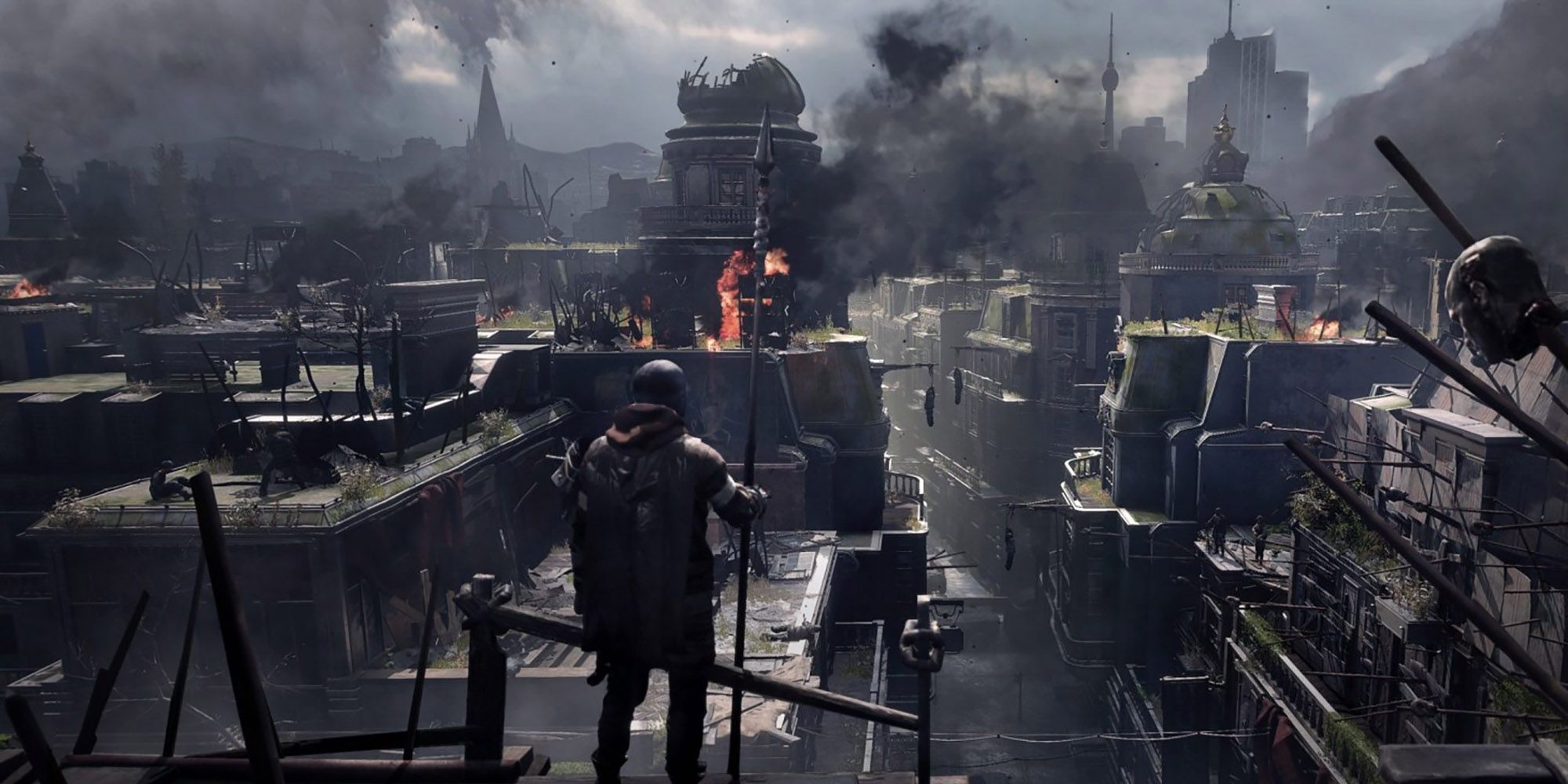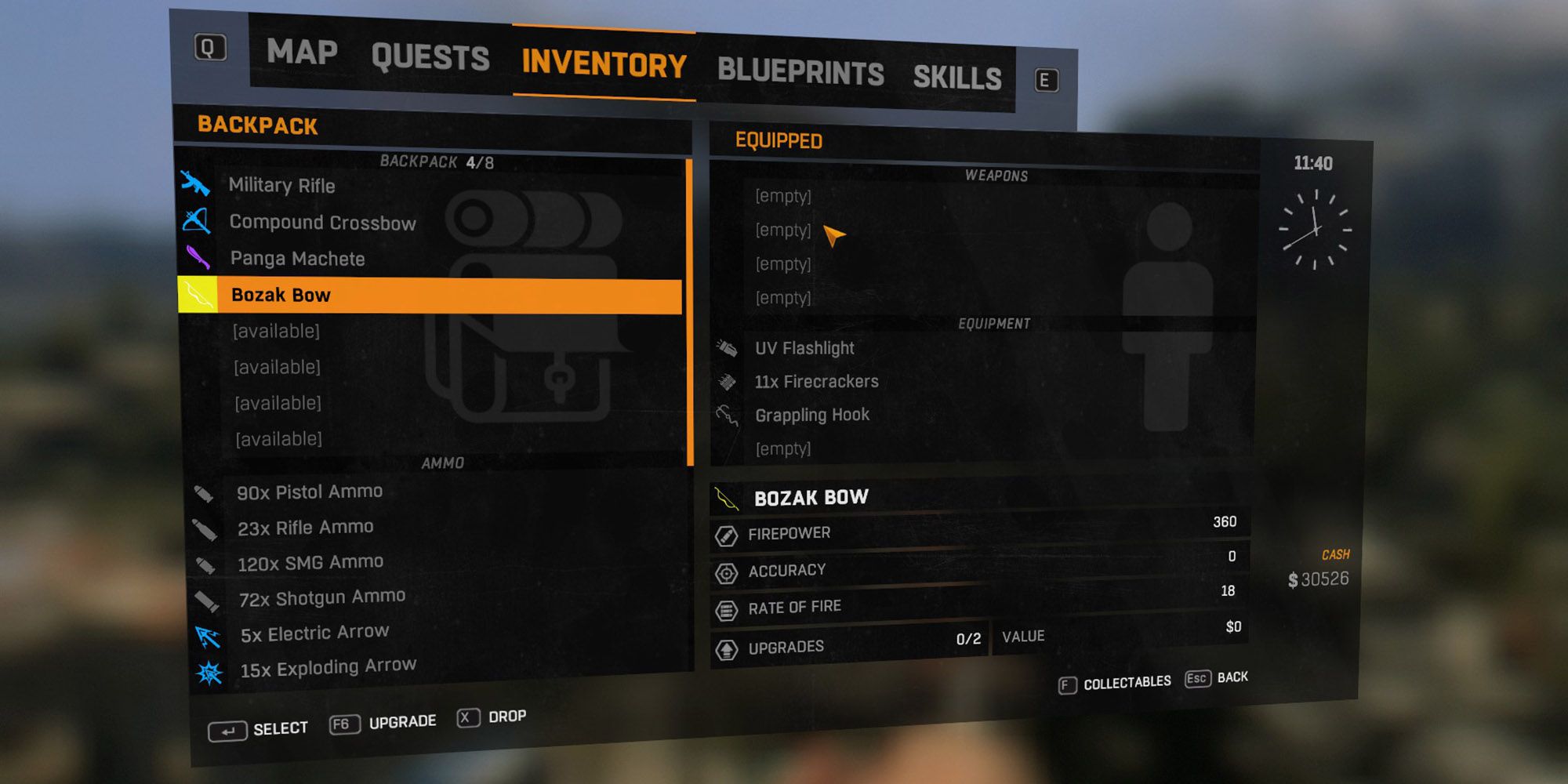The zombie survival game Dying Light is coming back with a sequel in February set 20 years after the first game. Dying Light 2 Stay Human will bring back many of the original's mechanics, like parkour, crafting and beating the brains out of zombies, as well as new ways to interact with the game's world -- which is reportedly several times larger than that of the previous game. There are also some RPG elements that promise to make Stay Human a great addition to the blossoming series.
The fact the Dying Light 2 has been built for next-gen consoles means navigating it should be smoother and the zombies will be more grotesque. However, that also means the game will be more demanding on PC. Hardware has leveled up these past two years, so it takes more to run many new triple-A games at the highest settings smoothly. Dying Light 2 is no different, though it does have some forgiving requirements for PC players looking to just enjoy the game itself.
Dying Light 2: Stay Human's CPU Requirements
Considering this is a large open-world game populated with NPCs and loot, it will take a decent CPU or Processor to keep track of them all. To run Dying Light 2 on the highest settings with ray-tracing and the largest zombie population, an Intel i5-8600K or a Ryzen 7 3700X are recommended. These aren't the highest end CPUs, which means they're more accessible.
The Intel can run games like Red Dead Redemption 2, Monster Hunter World and Control no problem. The Ryzen 7 3700X is slightly less powerful, but it can still get the job done with the same games. Running Stay Human on high settings without ray-tracing will take the same Intel core or similar, but a Ryzen 5 3600X instead of a 7 series.
To run Dying Light 2 with fewer zombies in the distance will require a minimum of an Intel i3-9100 or a Ryzen 3 2300X. These CPUs are neck and neck, and in this instance, the Intel may be cheaper. It can run games like the upcoming God of War PC port on low settings, as well as Sekiro. The Ryzen 3 2300X can run Death Stranding with ease, as well as DOOM Eternal and Ghostrunner. Both are affordable mid-range CPUs, making it an easy upgrade for minimum settings.
Dying Light 2: Stay Human's GPU Requirements
A next-gen game needs a high-end GPU or graphics card, especially for players looking to run Dying Light 2 with ray-tracing. For the highest settings, the game asks for an Nvidia RTX 3080 with 10GB VRAM -- an expensive and tricky card to acquire that is top of the line currently. Lower ray-tracing settings require a slightly easier to find card, the Nvidia RTX 2070 with 8GB VRAM. It can run games like Cyberpunk 2077, Deathloop and Guardians of the Galaxy easily. While AMD cards aren't listed, it's likely their RX cards will run the game just fine.
High-end settings without ray-tracing surprisingly also asks for RTX and RX cards: the Nvidia RTX 2060 with 6GB VRAM or the AMD RX Vega 56 with 8GB VRAM. The Nvidia card is more powerful in this case. It can run similar games to the RTX 2070 although it's a bit less powerful. The AMD on the other hand is recommended for games like Nioh 2, Resident Evil 3 and Yakuza 6.
The minimum GPU requirements for Dying Light 2 are fairly lax, asking for either an Nvidia GeForce GTX 1050Ti or an AMD Radeon RX 560, which are both older cards. The Nvidia card is, once again, superior here, but by a much larger margin. Both cards should be relatively easy to find, at least in comparison to the high-end ones. The GTX 1050Ti can run games like Evil Within and Metal Gear Solid V easily. The AMD Radeon is recommended for games like DOOM (2016), Grand Theft Auto V and Dragon Age: Inquisition. These two cards are for the most basic settings.
Dying Light 2: Stay Human's RAM and Storage Requirements
The RAM required for Dying Light 2 is the same across the board, with the exception of the minimum requirements. They recommend at least 8GB and 16GB for higher settings, which is fairly standard. Some newer games released this last year may run better with 32GB, but 16GB is still the standard with 8GB on its way out for mid-range gaming.
The storage type recommended for most settings is a standard SSD, which has also become the norm for PC gaming. It has significantly faster loading times and can run games faster with the right equipment. An HDD can still be used, but expect longer loading times. The game itself requires 60GB, but it will likely require addition space for updates.




